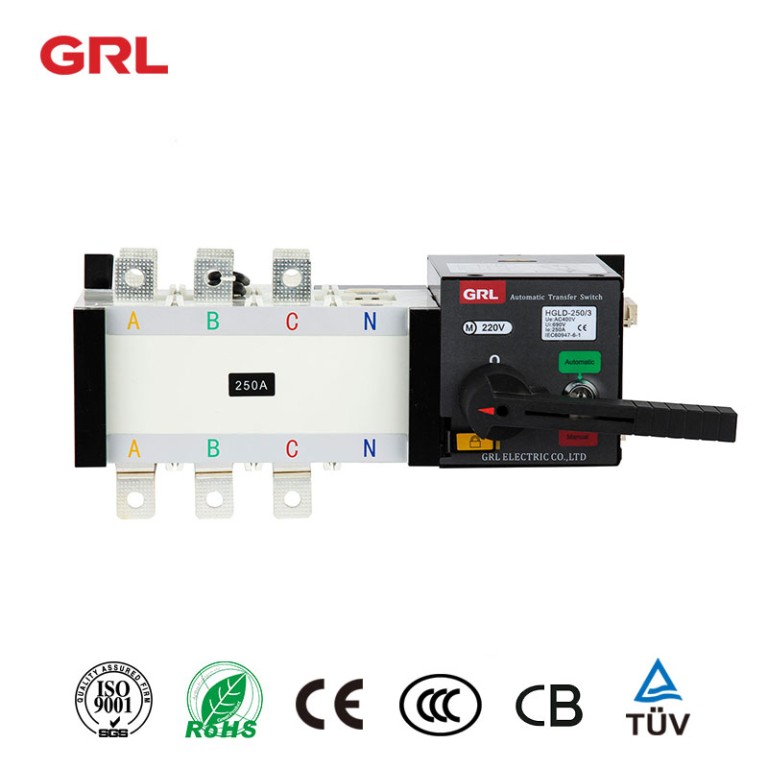
# Automatic Transfer Switch: Ensuring Uninterrupted Power Supply
## What is an Automatic Transfer Switch?
An Automatic Transfer Switch (ATS) is a critical component in backup power systems that automatically transfers electrical load from the primary power source to a secondary (backup) power source when the primary source fails. This seamless transition ensures continuous power supply to connected equipment and facilities.
## How Does an Automatic Transfer Switch Work?
The operation of an ATS can be broken down into several key steps:
– Continuous monitoring of the primary power source
– Detection of power failure or voltage irregularities
– Automatic disconnection from the primary source
– Starting of the backup generator (if applicable)
– Transfer of electrical load to the backup source
– Continuous monitoring for restoration of primary power
– Automatic retransfer to primary power when restored
## Types of Automatic Transfer Switches
### 1. Open Transition ATS
This type breaks connection with the primary source before making connection with the backup source, resulting in a brief power interruption.
### 2. Closed Transition ATS
Also known as “make-before-break,” this type momentarily connects both power sources during transfer, eliminating power interruption.
### 3. Delayed Transition ATS
This version includes a programmed delay between disconnection from the primary source and connection to the backup source.
## Key Features of Modern ATS Systems
Modern automatic transfer switches incorporate several advanced features:
– Microprocessor-based controls for precise operation
– Programmable time delays for various functions
– Built-in test capabilities
– Remote monitoring options
– Load shedding capabilities
– Surge protection
– Self-diagnostic functions
## Applications of Automatic Transfer Switches
ATS units are essential in numerous settings:
– Hospitals and healthcare facilities
– Data centers and server rooms
– Industrial manufacturing plants
– Commercial buildings
– Telecommunications facilities
– Emergency services and public safety buildings
– Residential applications with backup generators
## Benefits of Using an Automatic Transfer Switch
Implementing an ATS provides several significant advantages:
– Eliminates the need for manual intervention during power outages
– Reduces downtime and associated costs
– Protects sensitive equipment from power fluctuations
– Improves safety by preventing backfeeding
– Provides reliable power to critical systems
– Can be integrated with building management systems
## Selecting the Right Automatic Transfer Switch
When choosing an ATS, consider these factors:
– Electrical load requirements
– Transfer time specifications
– Number of poles needed
– Voltage and current ratings
– Environmental conditions
– Compliance with local electrical codes
– Future expansion possibilities
## Maintenance Considerations
Proper maintenance ensures reliable ATS operation:
– Regular testing of transfer functionality
– Inspection of electrical connections
– Cleaning of contacts and components
– Verification of control settings
– Lubrication of moving parts (if applicable)
Keyword: Transfer Switch
– Updating firmware/software as needed
## The Future of Automatic Transfer Switches
Emerging trends in ATS technology include:
– Increased integration with smart grid systems
– Enhanced remote monitoring and control capabilities
– Improved energy management features
– Greater compatibility with renewable energy sources
– Advanced predictive maintenance functions
Automatic Transfer Switches play a vital role in maintaining power continuity for critical applications. By understanding their operation, types, and proper selection criteria, facility managers and homeowners can ensure reliable power protection for their most important systems and equipment.
Comments are closed